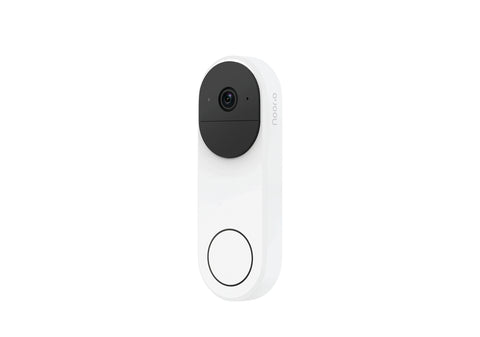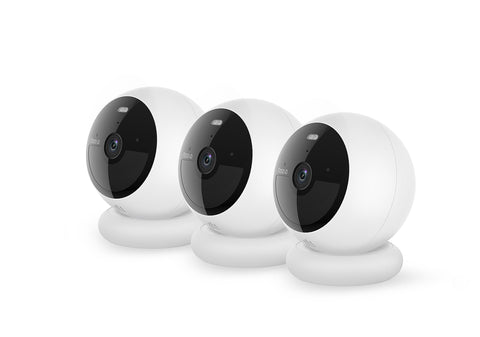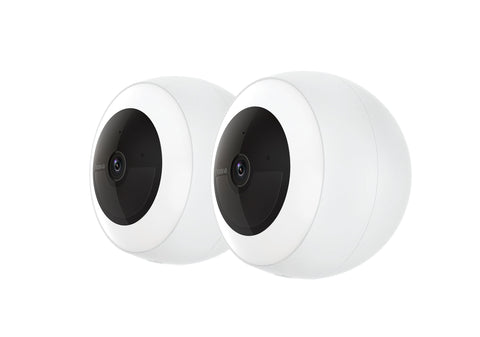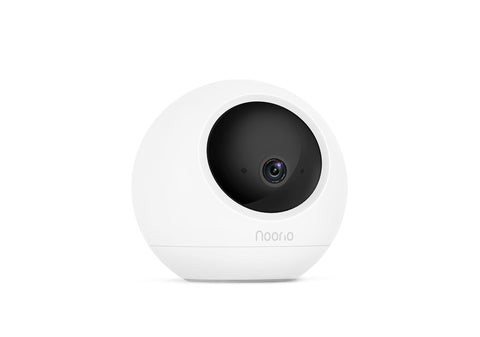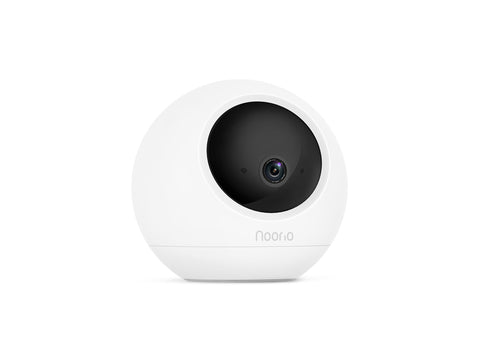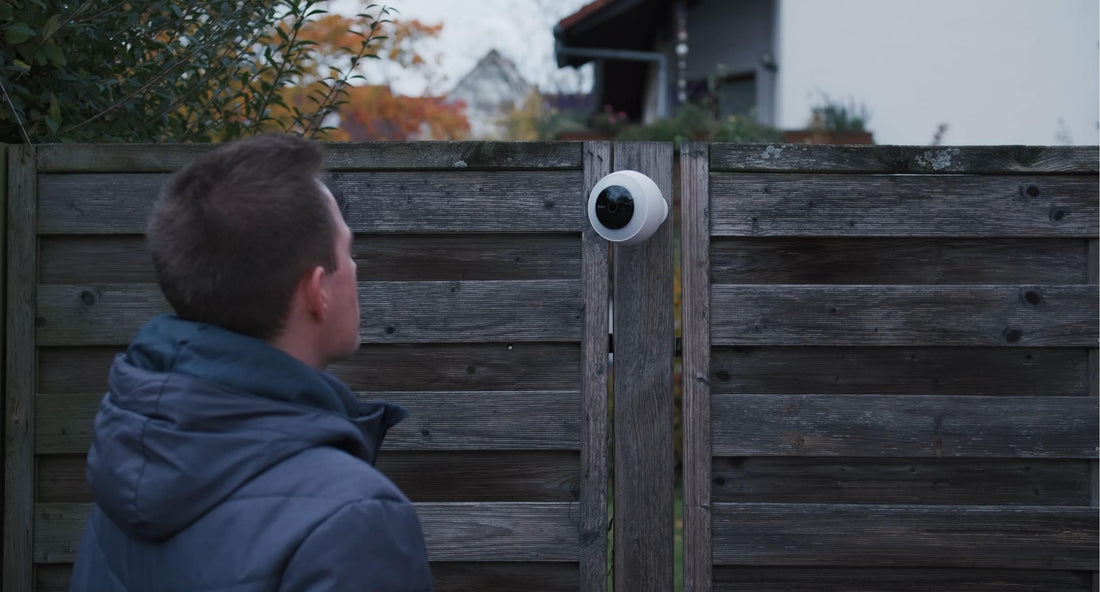When it comes to choosing IP security cameras for your home or business, one of the primary decisions you'll need to make is whether to opt for visible or hidden cameras. Each type has its own set of advantages and disadvantages, and understanding them can help you make an informed decision based on your specific security needs and preferences. Noorio Wireless Security Cameras offer both visible and discreet options, providing flexibility and versatility for various surveillance scenarios.
Visible Cameras:
Visible cameras, as the name suggests, are prominently displayed and easily noticeable. They serve as a visual deterrent to potential intruders and provide a visible indication that the premises are under surveillance. Here are some pros and cons of visible cameras:
Pros:
-
Deterrent Effect: The presence of visible cameras acts as a deterrent to potential intruders, discouraging them from attempting unauthorized entry or criminal activity. The visible presence of cameras can make individuals think twice before engaging in illegal behavior.
-
Increased Perceived Security: Visible cameras provide a sense of security and reassurance to occupants and visitors, knowing that their actions are being monitored and recorded. This can help create a safer environment and promote compliance with security protocols.
-
Easy to Install and Maintain: Visible cameras are typically installed in prominent locations, making them easy to set up and maintain. Their visibility also allows for quick identification and troubleshooting of any issues that may arise.
Cons:
-
Subject to Tampering or Vandalism: Because visible cameras are easily identifiable, they are more susceptible to tampering, vandalism, or attempts to disable or cover them. Intruders may attempt to circumvent surveillance by damaging or obstructing the cameras.
-
Privacy Concerns: Some individuals may feel uncomfortable or perceive visible cameras as an invasion of privacy, especially if they are installed in sensitive areas such as bedrooms or bathrooms. It's essential to consider privacy implications and respect the rights of occupants and visitors.
-
Aesthetics: Visible cameras may not always blend seamlessly with the surrounding environment and architectural aesthetics. In some cases, they may be perceived as intrusive or detract from the overall visual appeal of the property.
Hidden Cameras:
Hidden cameras, also known as covert or disguised cameras, are designed to blend into their surroundings and remain discreetly concealed from view. They offer the advantage of covert surveillance without drawing attention to the presence of cameras. Here are the pros and cons of hidden cameras:
Pros:
-
Discreet Surveillance: Hidden cameras provide covert surveillance without alerting individuals to their presence. They can capture footage discreetly, allowing for covert monitoring of sensitive areas or activities without raising suspicion.
-
Enhanced Security: Hidden cameras can be strategically placed to monitor areas where visible cameras may be vulnerable to tampering or vandalism. They provide an additional layer of security by capturing footage discreetly and without detection.
-
Minimal Intrusion: Hidden cameras minimize the intrusion on privacy concerns and maintain the aesthetic integrity of the property by remaining discreetly concealed from view. They offer a non-intrusive surveillance solution for monitoring sensitive areas or activities.
Cons:
-
Limited Deterrent Effect: Unlike visible cameras, hidden cameras lack a deterrent effect as intruders are unaware of their presence. While they may capture valuable footage, they do not serve as a visible deterrent to potential intruders.
-
Potential Legal Implications: The use of hidden cameras raises legal and ethical considerations regarding privacy rights and consent. It's essential to comply with applicable laws and regulations governing the use of surveillance cameras, especially in areas where privacy expectations may be high.
-
Limited Visibility for Troubleshooting: Hidden cameras may be challenging to locate or access for troubleshooting or maintenance purposes. In the event of technical issues or camera malfunctions, identifying and resolving the problem may be more difficult with hidden cameras.
In conclusion, both visible and hidden cameras have their own set of pros and cons, and the decision to use one over the other depends on various factors such as security requirements, privacy concerns, and aesthetic preferences. Noorio Wireless Security Cameras offer a range of options, including visible and discreet models, to accommodate different surveillance needs and preferences. Whether you choose visible or hidden cameras, it's essential to prioritize security, compliance with privacy laws, and the overall safety and well-being of occupants and visitors.
